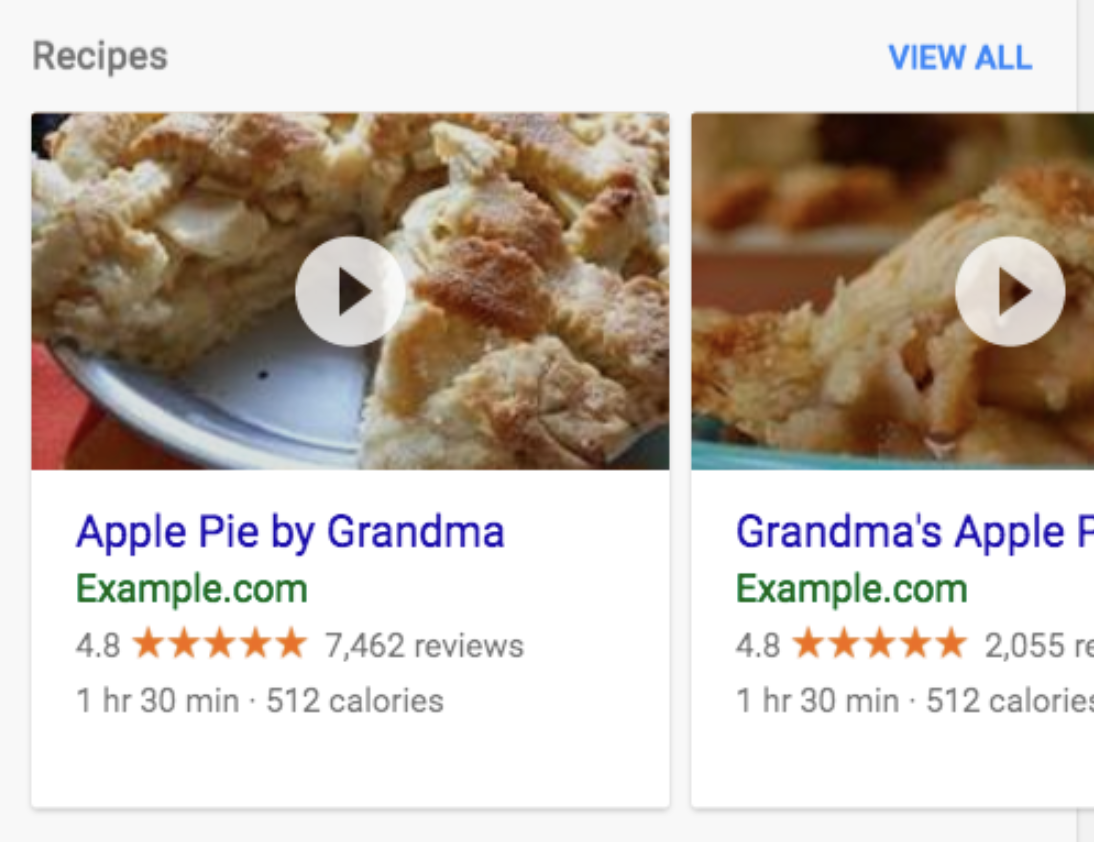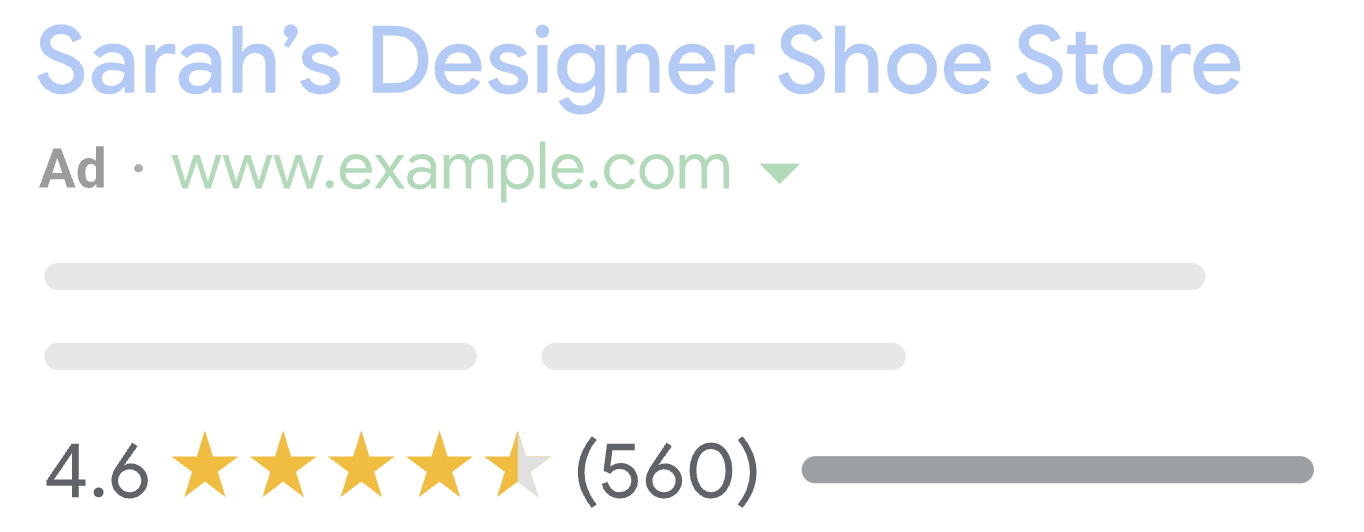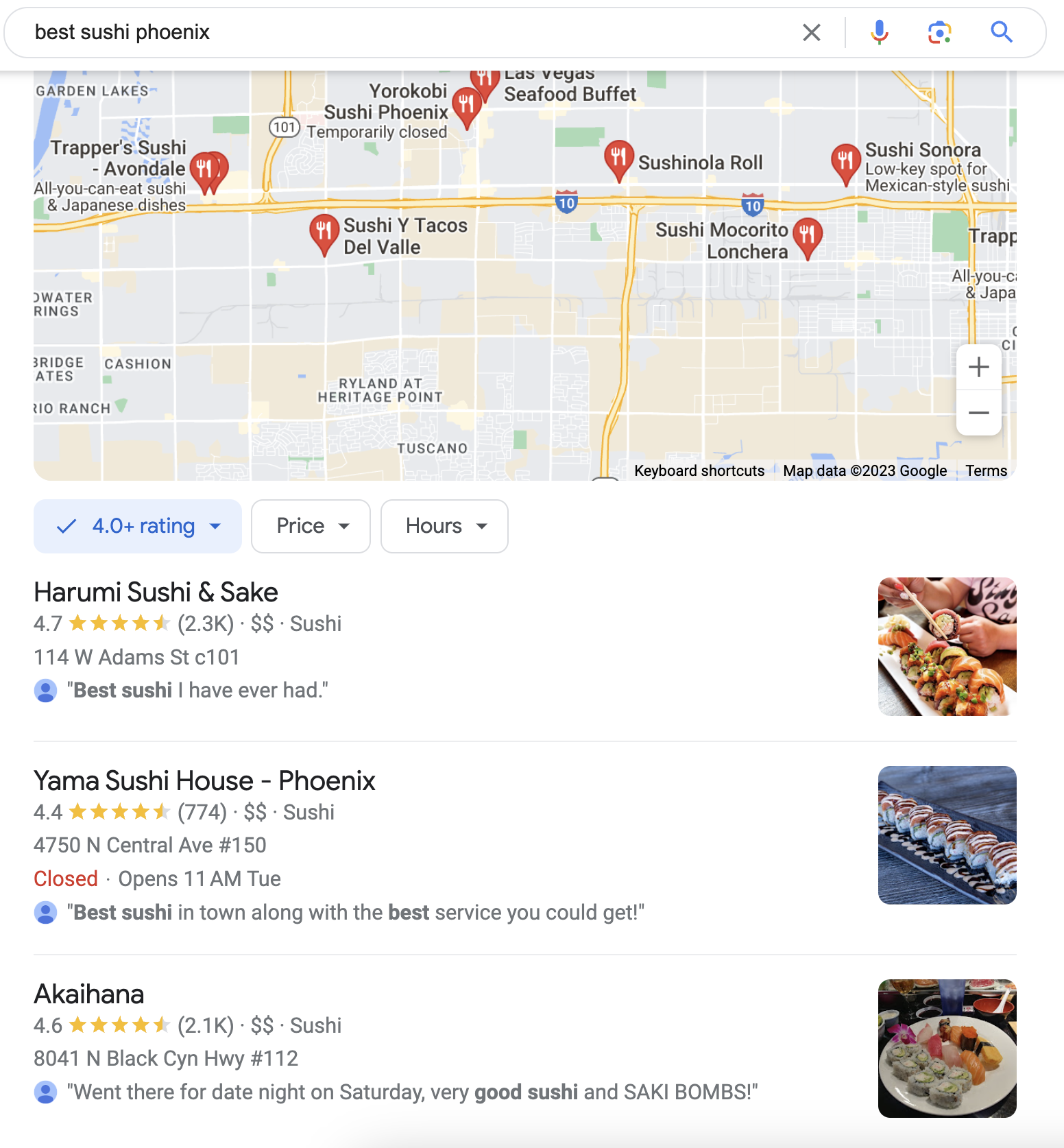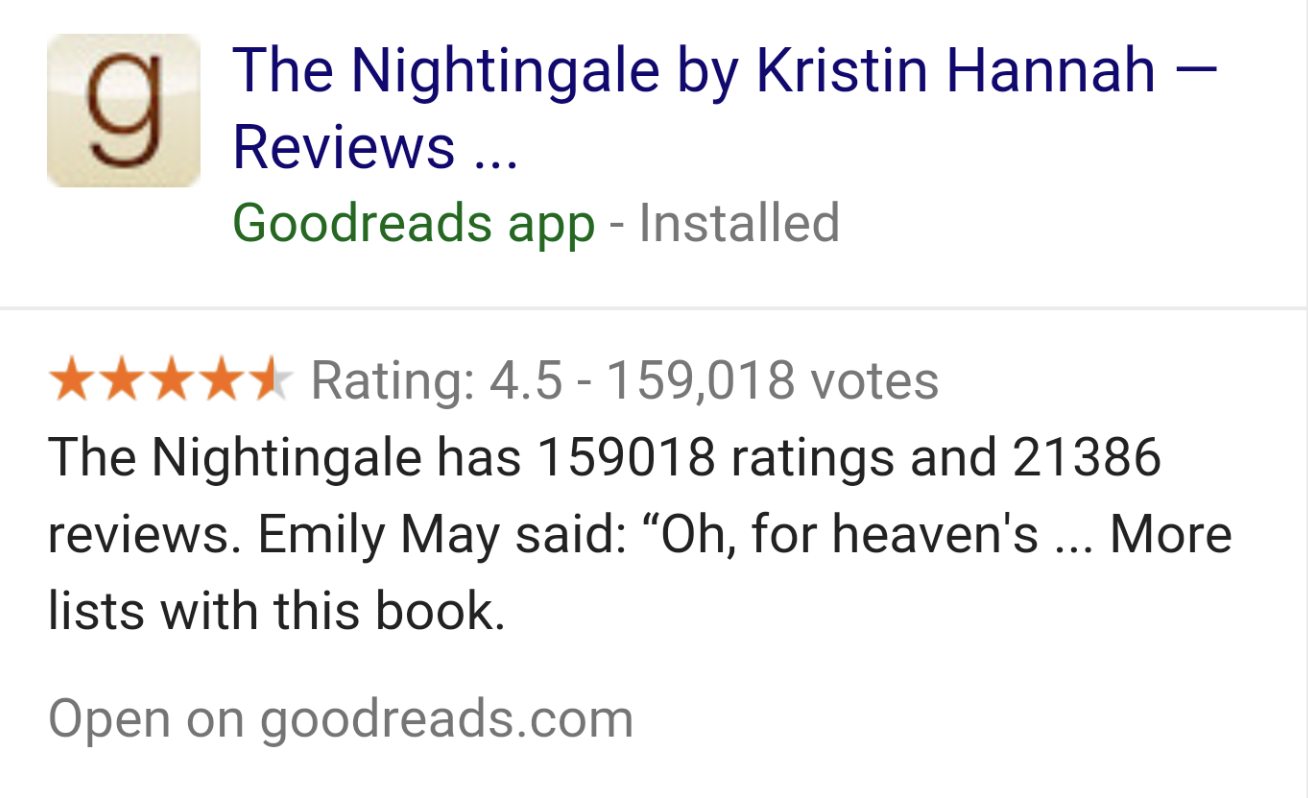Google Ratings Explained: How Do Star Ratings Work?
87% of consumers used Google to evaluate local businesses in 2022, up from 81% in 2021, according to a survey by BrightLocal. In that same survey, 58% of people said a high star rating would make them feel positive about choosing a local business.
Google ratings can therefore help small and growing local businesses display social proof, build credibility, and attract new prospects.
Below we’ll explain how Google star ratings work and how you can see your Google star ratings on search engine results pages, paid ads, local search results, and third-party review sites.
How Google Star Ratings Work
Google star ratings are a feature of Google’s search and mapping services. Based on user-generated reviews and feedback, these star ratings allow users to quickly assess the quality and popularity of businesses, products, and services.
This type of social proof can help build trust and credibility with new prospects and make them more likely to convert into customers. It can also help improve your local SEO, online exposure, and click-through rates on Search. These are just a few advantages of Google reviews and ratings.
On Google, the overall rating is calculated by averaging all of the star ratings submitted by users for that place or business. For example, if a business has received ten 5-star ratings, five 4-star ratings, and five ratings of 3 stars, the overall rating would be calculated as:
((5×10) + (4×5) + (3×5)) / (10 + 5 + 5) = 4.3
Note that the overall rating is rounded to the nearest tenth.
How Do I See My Google Star Ratings?
There are several ways to see Google star ratings on the search engine results page whenever your site shows up. See article for reference.
Google Star Ratings on SERP Results
Google star ratings can appear on organic search results listing pages. This can help websites stand out from their competitors. Here’s an example of how ratings may appear if a user googles “apple pie recipe.”

Follow these steps to get star ratings to show on SERP results:
Step 1: Generate reviews.
To get your structured data markup to show, you need to have reviews. So your first step is to encourage customers to leave Google reviews for your business.
Step 2: Add schema markup to your website.
Schema markup is microdata that you can add to the HTML of your page to improve the way search engines read and represent it in SERPs.
Step 3: Input the code.
Once the scheme markup has been added, you can input code on your site that indicates your average rating, highest, lowest, and total rating count.
Step 4: Check your work.
You can check your work with Google’s Rich Results Test. This tool will allow you to test your structured data to see which Google rich results can be generated by the structured data on your page and also preview how these rich results can look in Google Search.
Or you can use the Schema Markup Validator. This will let you test all types of schema.org markup, without Google-specific validation.
Google Star Ratings on Paid Ads
Google star ratings can appear in text ads, shopping ads, and free listings. Both the overall rating and the total number of votes or reviews will be displayed. Here’s an example of how seller ratings may appear on an ad:

Follow these steps to get star ratings to show on paid ads:
Step 1: Generate reviews.
For text ads and shopping ads to show star ratings, sellers are typically required to have at least 100 reviews in the last twelve months so you must generate a lot of reviews if you want them to appear in your ads.
Step 2: Follow all required policies.
To have star ratings appear on paid ads, you must follow all the required policies around personally identifiable information, spam, malware, legal requirements, and more.
Step 3: Submit a feed through Google merchant center or add schema markup.
Finally, you can submit a feed through Google merchant center or add structured data markup on their website (as described in the previous section).
Step 4: Meet minimum star rating.
Advertisers must also meet a minimum star rating for them to appear on paid ads. For example, a rating of 3.5 or above is required to display a seller rating on text ads.
Google Star Ratings on Local Search Results
Google star ratings can appear on local search results in Google Maps and Search. Here’s an example of local search results for sushi in Phoenix that include star ratings:

Follow these steps to get star ratings to show on local search results:
Step 1: Ask customers to leave reviews directly on your Google Business Profile.
For star ratings to show up in local search results, customers have to leave reviews directly on your Google business profile.
Step 2: Provide a direct link to your Google Business Profile listing.
You want to make it as easy as possible for customers to leave Google Reviews. One way you can do so is by providing a direct link to the review section of your Google Business Profile listing. With a direct link, customers can post a review in just a matter of seconds instead of navigating the longer, 6-step process for how to leave a Google review.
To create this link, you can use a free tool like Podium’s Google Review Link Generator.
Step 3: Ask customers to leave reviews on other local review websites
In some cases, Google may gather customer reviews from other local review sites and add them to Google Business Profiles. So to boost your chances of Google ratings appearing in local search results, you can ask customers to leave reviews on other local review sites as well.
Google Star Ratings on Third Party Review Sites
Businesses on Search and Maps may display third-party reviews or reviews left on non-Google websites. These reviews can provide customers with even more relevant information about the business. Examples of third party review sites are TrustPilot, Yelp, G2, and Capterra.
To get them to appear on your Google Business profile, you have to first get star ratings on these sites.
Follow these steps to get star ratings to show on third-party review sites:
Step 1: Set up a profile on the third party review site you’re interested in.
First, decide what third party review sites you want to appear on. For example, you may see several competitors on Yelp and decide you need to have a presence there. You can set up a business profile on Yelp and display important information, like your phone number, services offered, location, hours of operations, and review highlights.
Step 2: Ask customers to leave reviews on these sites.
You can encourage customers to leave reviews and make it as easy as possible for them by including links to third party review sites in your email signature or on your website, for example.
Step 3: Respond to reviews on these sites.
Another way to get more reviews is by responding to reviews, including negative and positive ones. This shows customers that you appreciate and genuinely listen to their feedback, which can encourage others to leave reviews in the future.
Step 4: Add schema markup to your website.
If you want these third-party reviews to appear in Google Search, you have to add the appropriate schema markup to your website. For example, adding Review structured data may make it possible for a short excerpt of a review or a rating from a review website to appear in Google Search.
Here’s an example of a review snippet from Goodreads appearing in Google Search:

Do You Need More 5-Star Ratings?
If you need more 5-star ratings, a review tool like Podium can help.
With Podium, your small business can automate review invites to quickly and easily increase its 5-star ratings and monthly review volume.
Podium can also help your business respond quickly to customers with AI-powered response suggestions and manage your reputation across multiple review sites—all on one easy-to-use dashboard.
Podium’s Reputation Grader tool also helps you quantify the impact of your online reputation, giving you meaningful insight so you can understand where you’re at and what areas of improvement you need to focus on.
Google Ratings FAQs
Q: How do I find my ratings on Google?
A: You can find your Google ratings by opening up Google Search or Google Maps and searching for your business. Listed at the top of your business listing, the star rating will be displayed as a number out of 5 stars, and the number of reviews will be shown alongside it.
Q: What is a good Google rating?
A: This varies depending on your industry and target audience, but generally 4 stars and above is considered a “good” Google rating. According to a 2023 survey by BrightLocal, the majority of respondents (54%) said a business must have a minimum average of 4 stars to even consider using it.
Q: Do Google ratings affect search results?
A: Google ratings do not affect web search rankings but can affect local search rankings. Both the number of reviews and overall rating score are confirmed factors for local search ranking, according to Google. So more reviews and positive ratings can improve your business’s local ranking. Learn more about how Google ratings and reviews can help your SEO efforts.
Q: How long does it take for Google rating to update?
A: It can take up to 2 weeks for a business’s overall star rating to reflect a new review. The time range depends on several factors, including the volume of reviews and ratings being posted and if any technical issues are delaying the process.
Keep reading
Get started today
Ready to grow? Scale your business with an AI-powered lead conversion platform.
















